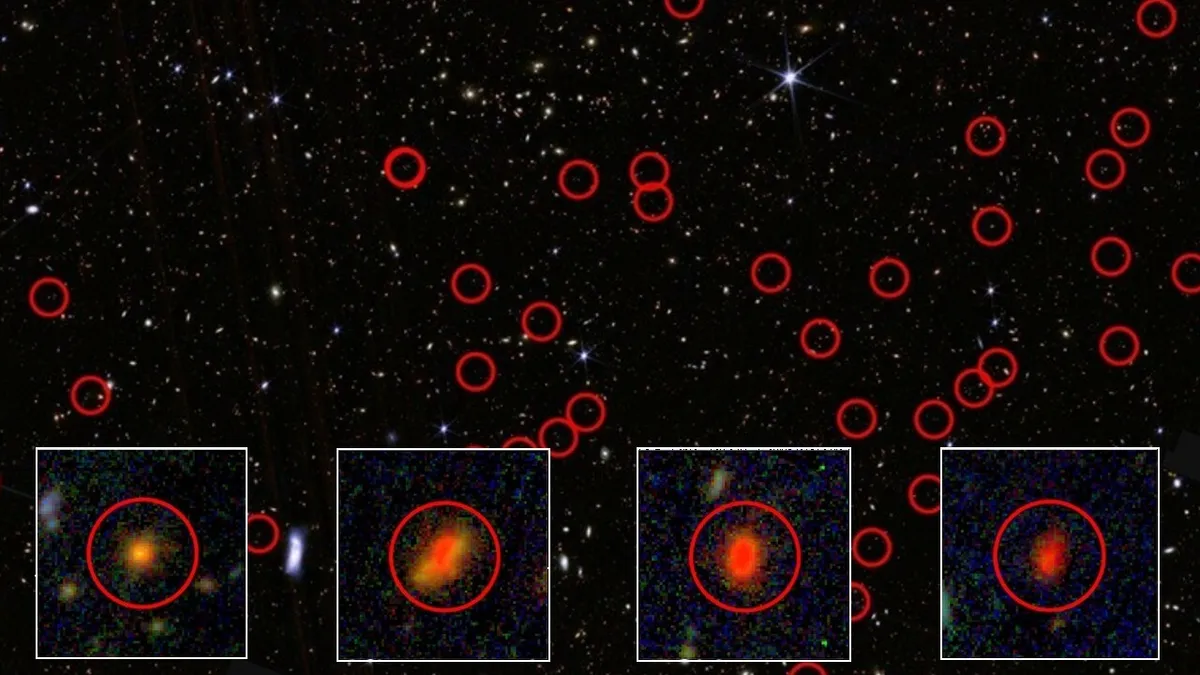
Recent findings have unveiled hundreds of unexpectedly energetic objects scattered throughout the distant universe, suggesting that the cosmos was significantly more active during its early stages than previously thought. Utilizing deep-field images from NASA's James Webb Space Telescope (JWST), researchers at the University of Missouri have identified approximately 300 unusually bright objects believed to originate from the early universe.
While these luminous candidates could potentially be galaxies, astronomers remain uncertain about their true nature. According to existing theories, galaxies that formed shortly after the Big Bang should be faint due to the limitations imposed by the rate at which they can produce stars. However, the brightness of these newly found objects far exceeds the predictions made by current models of early galaxy formation.
Haojing Yan, a co-author of the study, emphasized the importance of these findings, stating, “If even a few of these objects turn out to be what we think they are, our discovery could challenge current ideas about how galaxies formed in the early universe — the period when the first stars and galaxies began to take shape.”
To identify these remarkable objects, the research team employed a method known as the dropout technique. This technique detects celestial objects that are visible in redder wavelengths but disappear in shorter, bluer wavelengths. Such behavior indicates that the objects are incredibly distant, allowing astronomers to view the universe as it existed more than 13 billion years ago.
The team analyzed the brightness of these objects across multiple wavelengths to infer critical information such as redshift, age, and mass. The JWST's advanced Near-Infrared Camera and Mid-Infrared Instrument are specifically designed to capture light from the farthest reaches of space, making them perfect for investigating the early universe.
As light from these early galaxies travels through the cosmos, it stretches into longer wavelengths, transitioning from visible light to infrared. This phenomenon, known as redshift, is crucial for determining how far away these galaxies are. The higher the redshift, the closer the galaxy is to the universe's inception.
Looking ahead, the researchers plan to conduct targeted spectroscopic observations focusing on the brightest sources among their findings. Confirming these newly discovered objects as genuine early galaxies would significantly enhance our current understanding of how swiftly the first cosmic structures formed and evolved. This research would contribute to the growing list of transformative discoveries made by the JWST since it commenced its observations of the universe in 2022.
In summary, the discovery of these energetic objects has the potential to reshape our understanding of galaxy formation and the dynamics of the early universe, paving the way for exciting future research in cosmology.